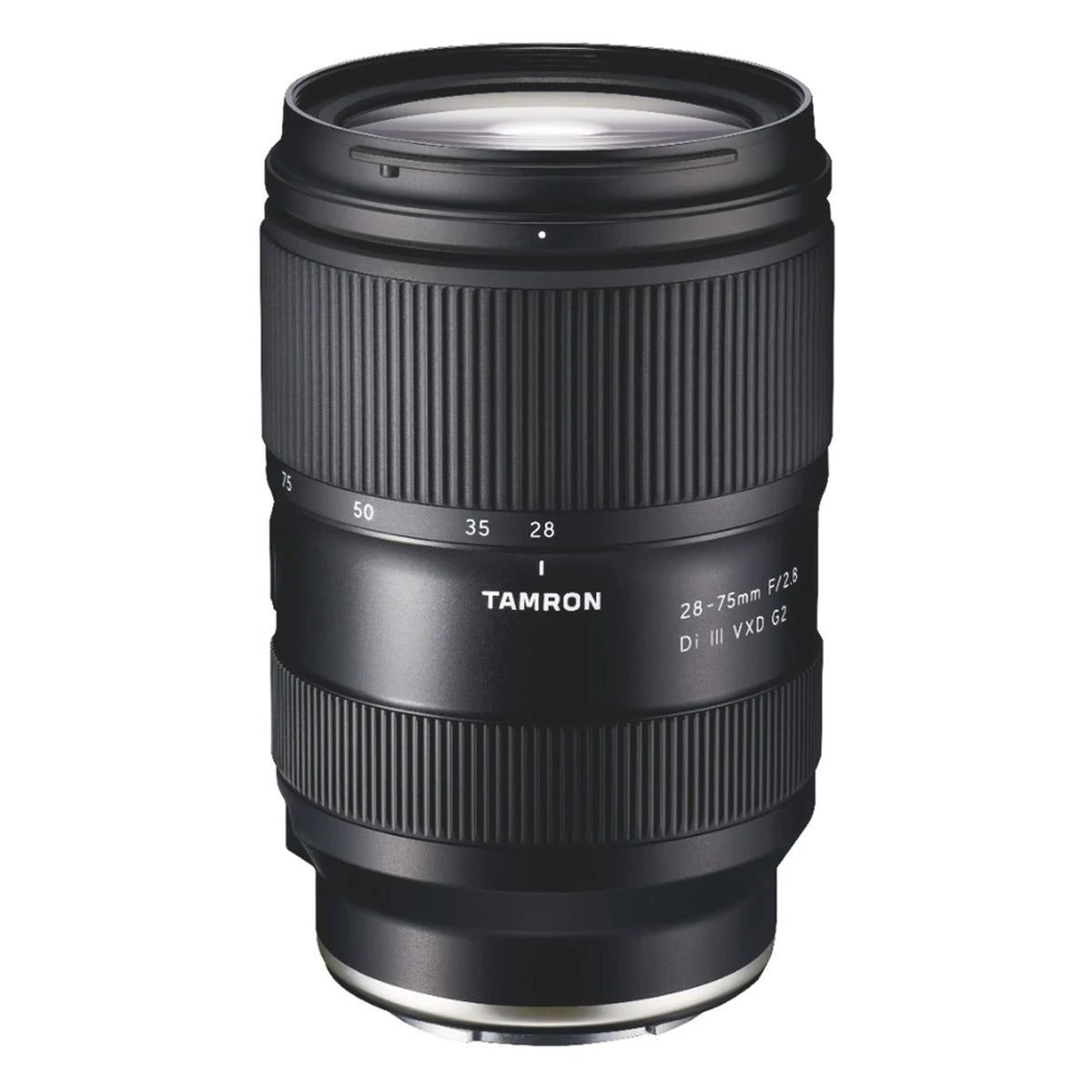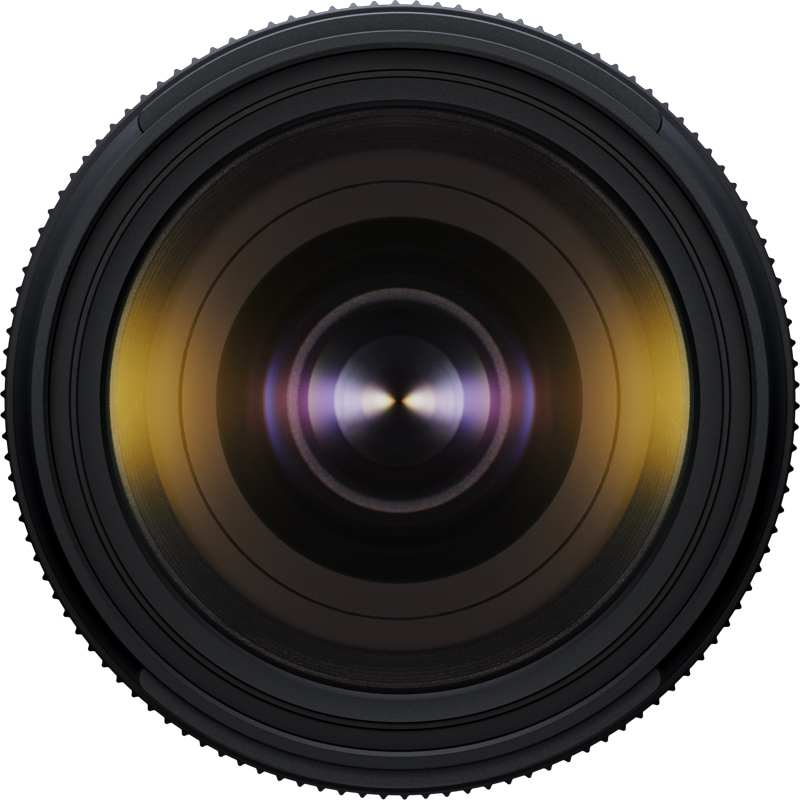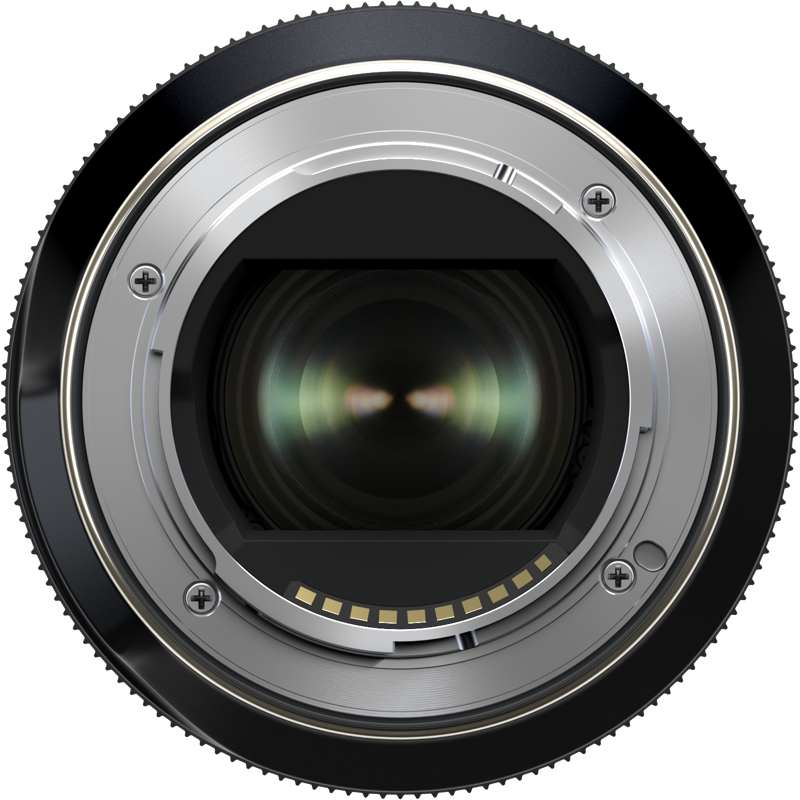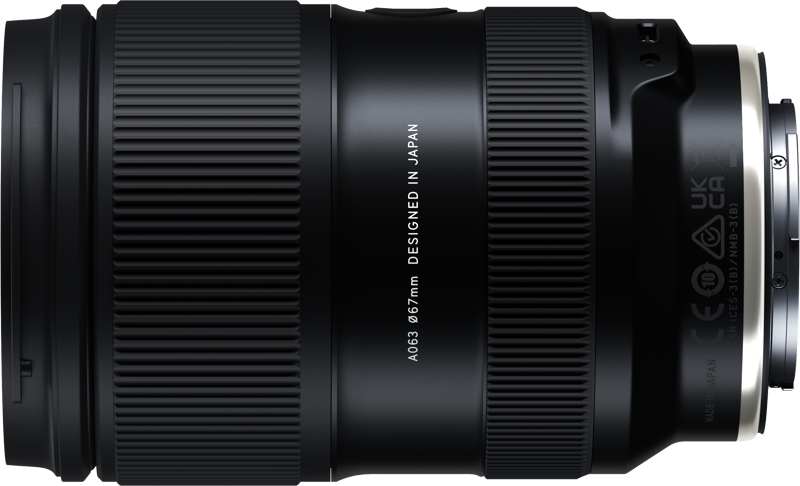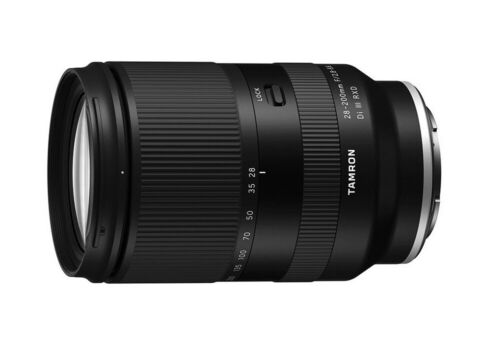Product Description
Tamron 28-75mm F2.8 Di III VXD G2 Lens for Sony FE
Overview: Unlock your creative potential with the Tamron 28-75mm F/2.8 Di III VXD G2 lens tailored for Sony FE mount cameras. Boasting exceptional image quality and stunning background blur (bokeh), this lens is designed specifically for mirrorless systems, ensuring optimal performance in every shot.
Key Features:
- Aperture Range: f/2.8 to f/22
- Optical Elements: One XLD Element, One LD Element, Three Aspherical Elements
- Coatings: BBAR and Fluorine
- Autofocus: RXD Stepping AF Motor
- Construction: Moisture-Resistant, Rounded 9-Blade Diaphragm
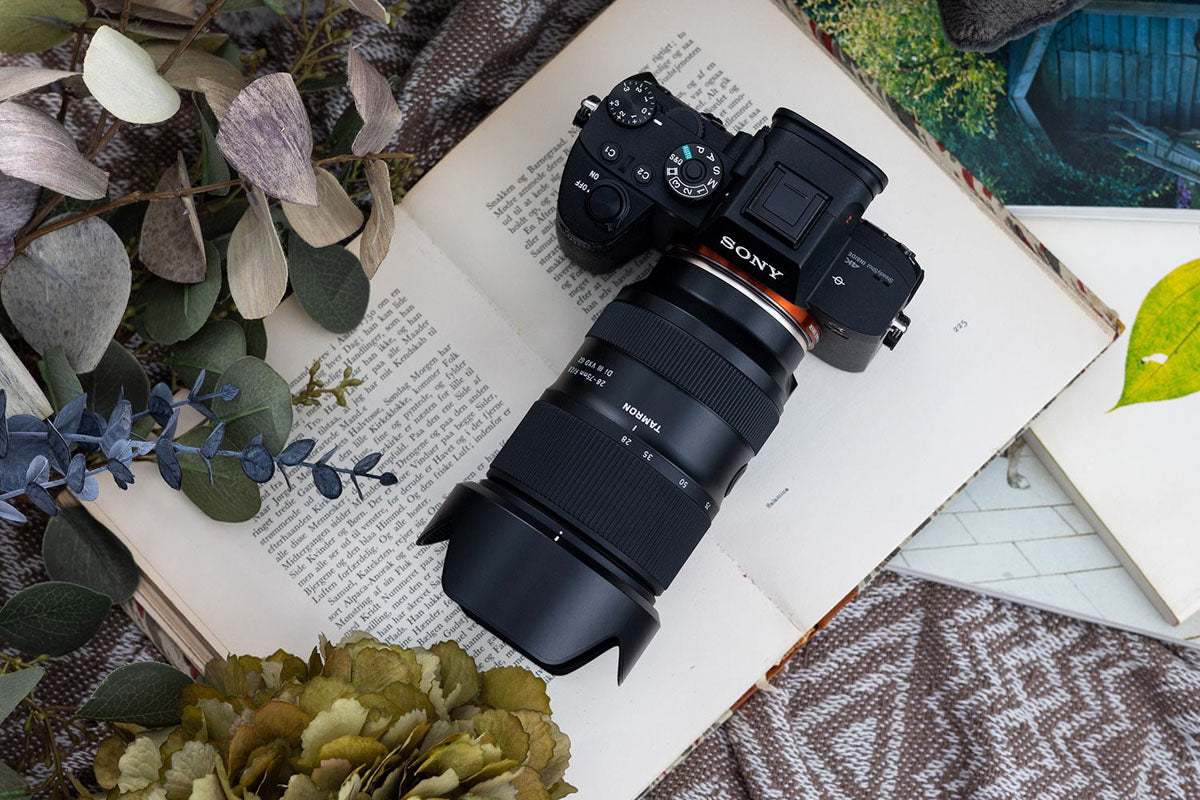
Optical Excellence
Crafted with precision, this lens features a sophisticated optical system comprising 15 elements in 12 groups. This includes advanced elements like XLD, LD, and GM elements strategically arranged to minimize aberrations and maintain compactness. With BBAR coating ensuring superb anti-reflection performance, expect outstanding clarity and contrast throughout the zoom range.

Compact and Lightweight
Designed for versatility, the A036 is remarkably lightweight at just 550g and compact, measuring only 117.8mm. Whether capturing spontaneous moments or embarking on an outdoor adventure, its portable design complements the agility of full-frame mirrorless cameras.

Close-Up Creativity
Explore new perspectives with a minimum object distance (MOD) of 0.19m at the wide-angle end, allowing for dynamic close-up shots with enhanced perspective. At the telephoto end, achieve beautifully blurred backgrounds akin to macro photography, thanks to the 0.39m MOD.

Silent and Swift Autofocus
The RXD stepping AF motor ensures swift and silent autofocus performance, ideal for both stills and video. Maintain sharp focus on moving subjects effortlessly, while the Moisture-Resistant Construction and Fluorine Coating provide added durability, protecting against environmental elements.

Second-Generation Innovation
The A063, successor to the acclaimed A036, raises the bar with enhanced resolving power and image quality. Its redesigned optical system maintains the lens's compactness while delivering sharpness across the frame, making it a preferred choice for discerning photographers seeking creativity without compromise.

Technical Specifications:
- Focal Length: 28-75mm
- Aperture: f/2.8
- Minimum Object Distance: 0.18m (wide-angle), 0.38m (telephoto)
- Maximum Magnification Ratio: 1:2.7 (Wide angle), 1:4.1 (Telephoto)
- Filter Size: 67mm
- Weight: 540g (Sony Alpha CSC E-Mount)
- Item Number: A063

Additional Features:
- Fluorine Coating: Resists scratches, fingerprints, and water droplets
- Internal Focusing (IF) System: Ensures lens barrel remains fixed during focusing
- Extra-Low Dispersion (XLD) Glass: Minimizes chromatic aberrations for sharper images
- Moisture-Resistant Construction: Protects against adverse weather conditions
- Zoom Lock (ZL) Mechanism: Prevents unwanted extension during transport
- VXD Autofocus: Fast, precise focusing for stills and video, with near-silent operation


